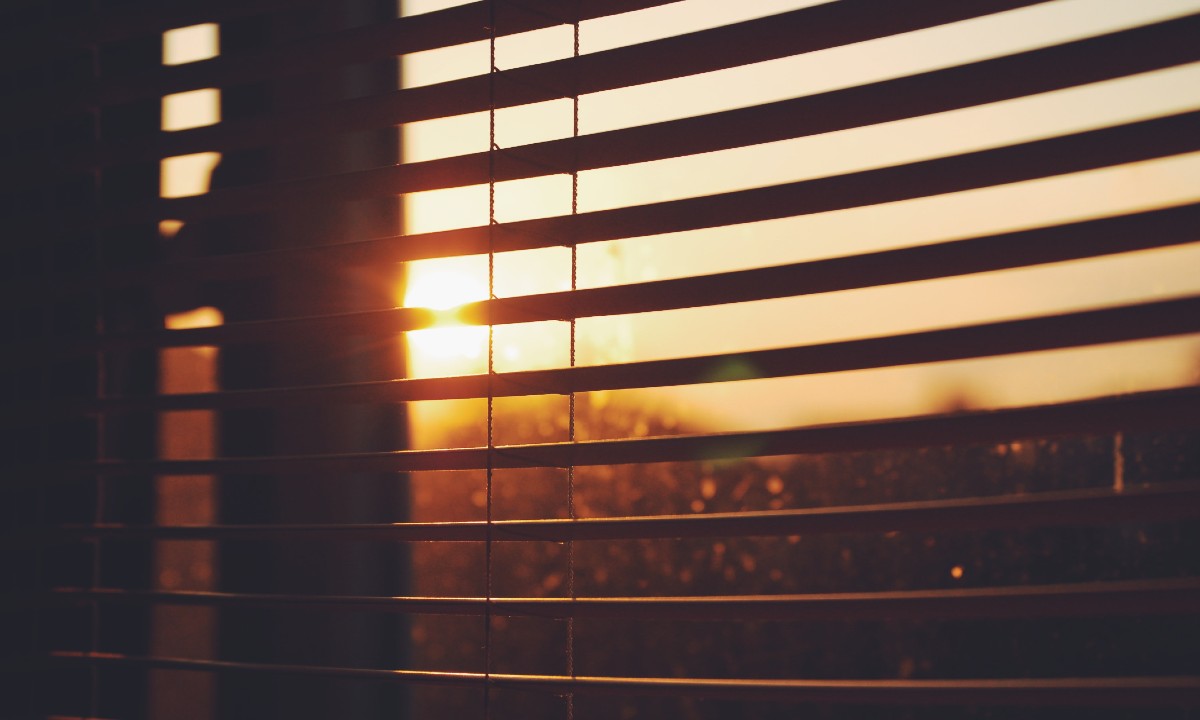This content was originally published on OldHouseOnline.com and has been republished here as part of a merger between our two businesses. All copy is presented here as it originally appeared there.
Windows are a vital aspect of your home’s interior and exterior decor. New windows may drastically alter the layout of your home, let in more direct sunshine, and even assist you in reducing your electricity bills. They not only enhance the aesthetics of your home and apartments but also provide waterproofing, weather protection, and insulation. They illuminate your room while also assisting with ventilation and other purposes. Before beginning a window replacement project, it is vital to grasp the dos and don’ts of window installation.
If properly installed, your windows can last for 10 years and even more. Don’t mind taking some time to think through and make wise decisions, so you cash your choices later on. Here are some general guidelines to follow:
DO: CLEAN YOUR WINDOWS REGULARLY
Do you generally clean your windows and doors regularly? If not, start it right away. Cleaning them once in a while not only makes windows sparkle but also keeps them dirt-free for a long time. Have you ever observed your glass window looking streaky with dirt when it rains, spoiling the beauty and serenity of the scenery?
To keep your windows shining clean, use a light liquid detergent or a special glass cleaner. You may also clean the grime from your windows blind if you have any.
DO: USE PVC CLEANER
PVC (polyvinyl chloride) frames are among the most widely utilized since they are incredibly lightweight and will not discolor or corrode. Unfortunately, several seemingly harmless domestic detergents contain powerful chemicals that can ruin the frames. This is why to stay on the safe side, employ either lukewarm soapy water or a PVC cleaner, which can be purchased at any reputable DIY or hardware store.
DO: KEEP HINGES AND TRACKS DUST-FREE
Dust, filth, and debris frequently collect on rails, causing not only blocking but also harm to moving components. To counteract this, continuously run a vacuum crevice tool over the area, then wipe away the residue with a damp towel. Lastly, thoroughly dry the site and, if necessary, re-lubricate it.
DON’T: EMPLOY HIGH-PRESSURE CLEANERS
Windows and sliding doors are not designed to handle the pressure generated by a portable, highly pressurized cleaner. Similarly, such equipment is also prone to damaging window blinds. This is why, rather than experimenting with different tools, stick to the tried-and-true method of cleaning windows – with gentle liquid soap.
DON’T: DELAY REPLACEMENT FOR LONG
As time passes, windows tend to weaken and wear out. Structures warp, frames and seals weaken and performance worsens. Usually, builder-grade windows survive roughly 15 years or more before they require replacement. Nonetheless, don’t put it off for too long since window leaks can cause substantial damage to your home’s structural components and you may find yourself upgrading more than simply your old windows.
DON’T: ABRASIVE PAPERS AND TOO MUCH ELBOW GREASE
Temping as it may feel, but avoid using abrasive sandpapers or pads to get rid of stubborn stains from the windows and windowsills. These abrasive papers will do more damage than good, harming both the glass as well as the frames. Go with a moist cloth steeped in mild soapy water instead, and you’ll find that virtually all stains are easily removed.
Though mostly reinforced glass is employed in sliding windows and doors, they are not engineered to withstand high forces. This is why, when cleaning, you should be cautious and use less elbow grease! If you apply too much pressure to clean it, you may wind up harming it rather than removing the filth.
FINAL THOUGHTS
Installing new windows is a significant task, and doing it alone is no easy feat. This is a substantial makeover that will influence the construction of your home, and it is more expensive to rectify a mistake than to do it correctly the first time. Also, maintain an eye on your window seal and ledges, as well as clean them regularly for them to last a longer run.








